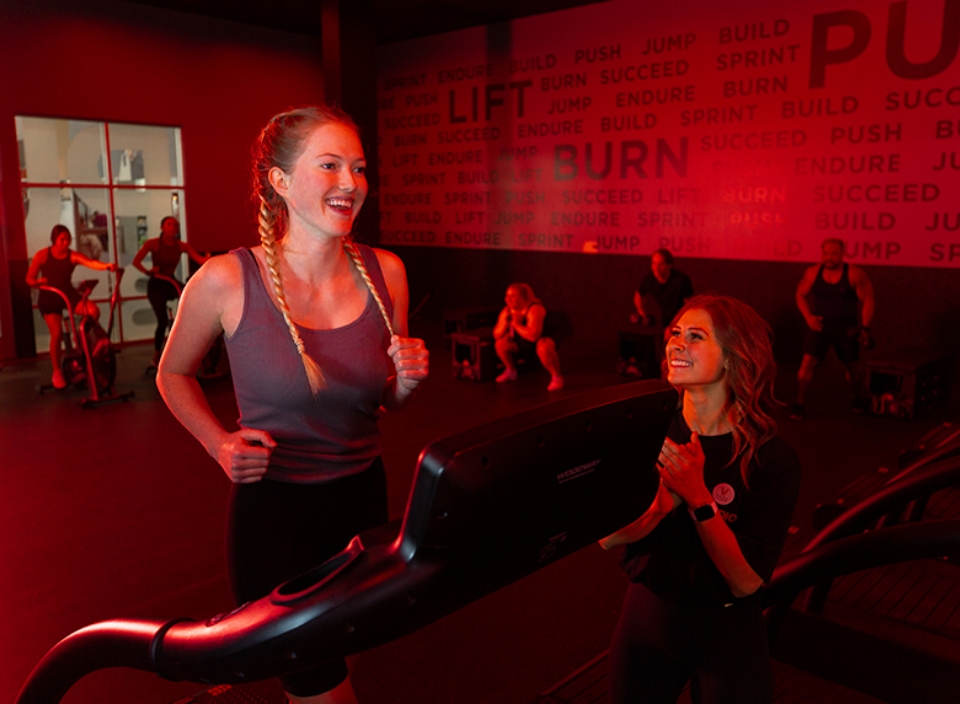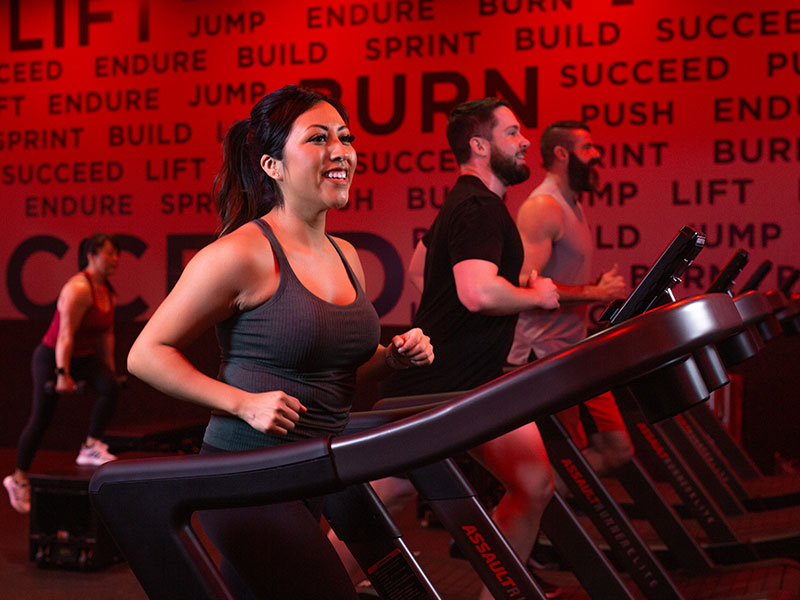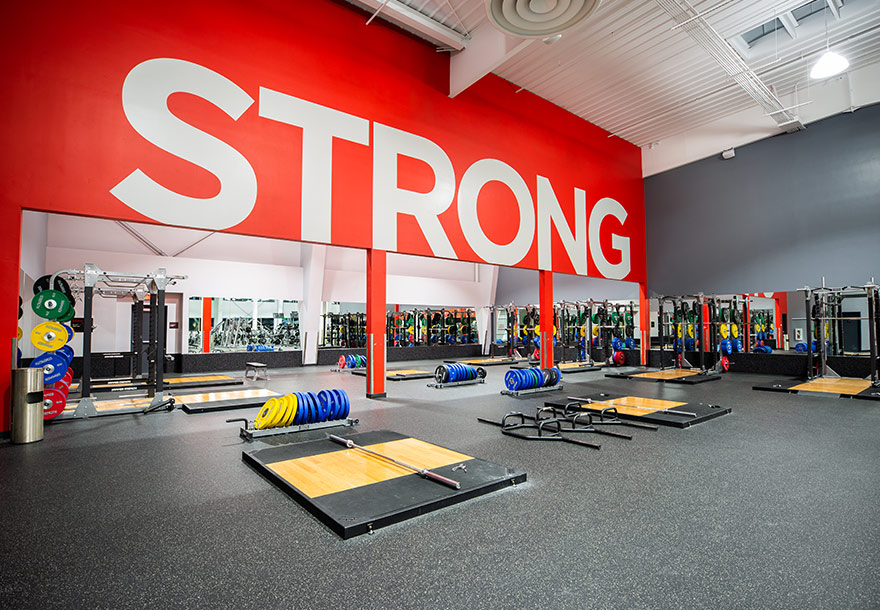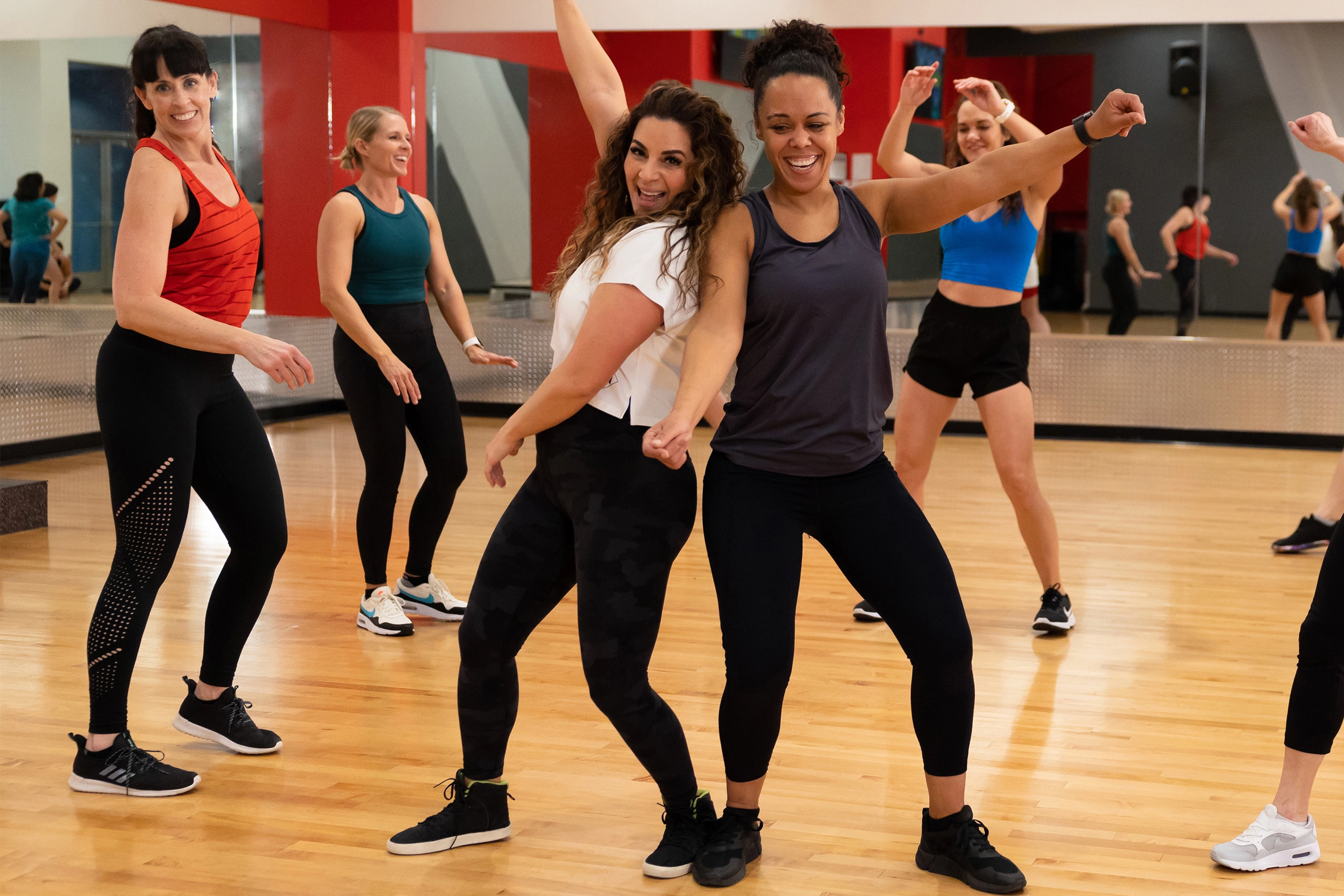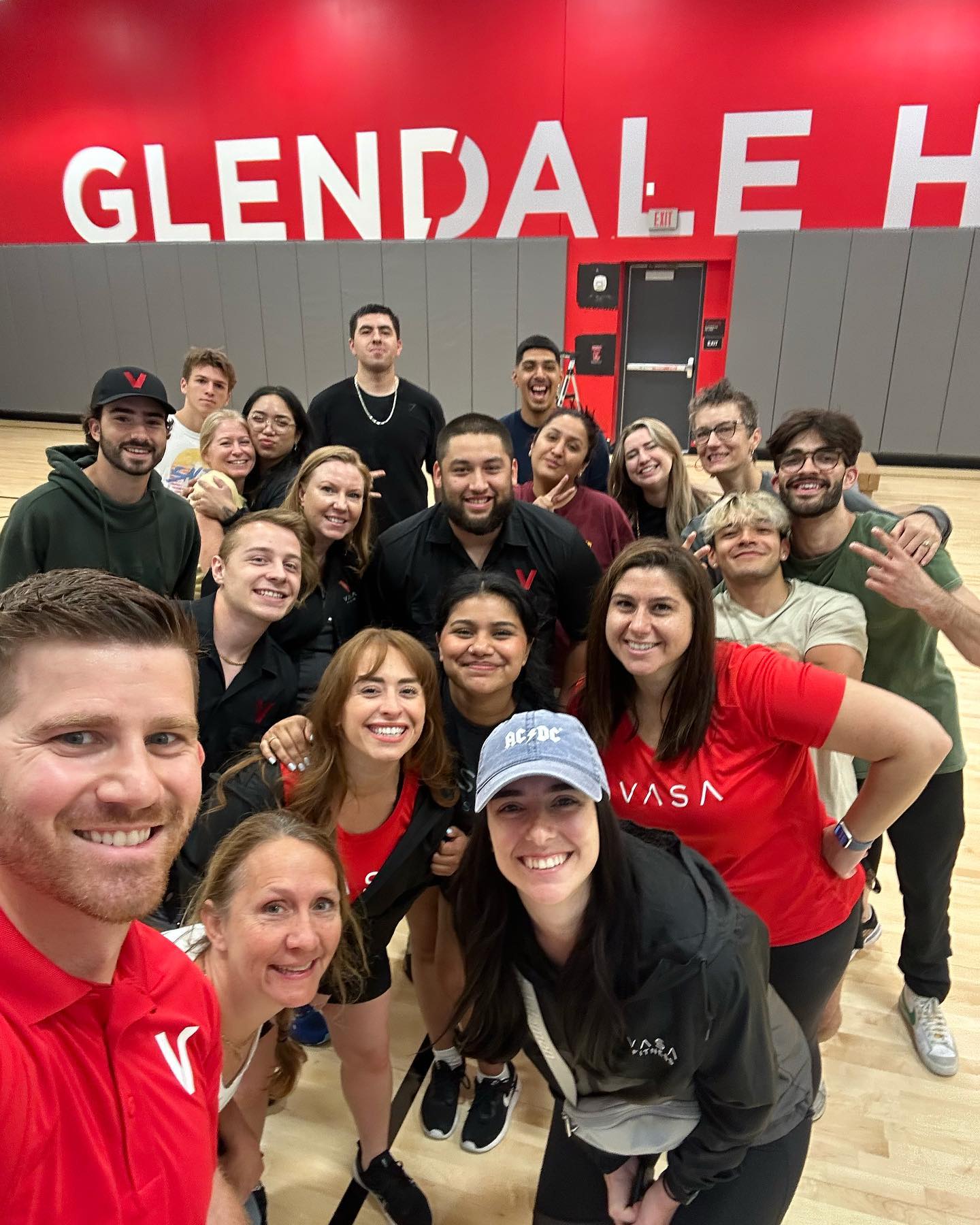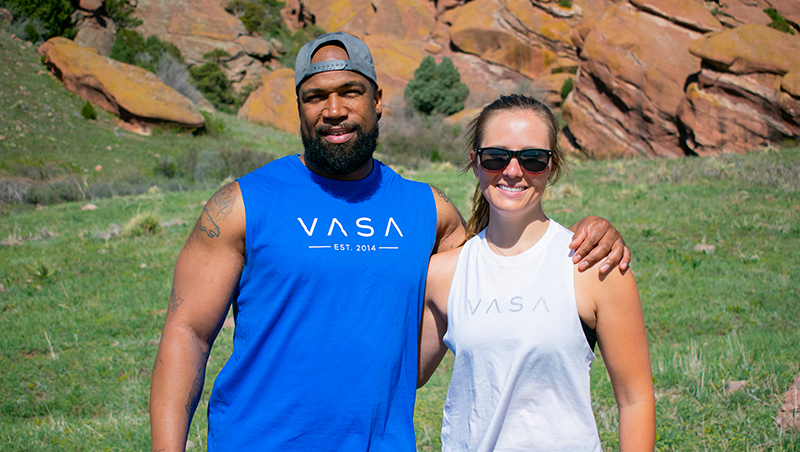How Many Days Should I Rest After a Workout?
The human body is a dynamic and complex set of systems that allow us to perform tasks of different intensities throughout the day. From running and sitting to kneeling and jumping, our bodies adapt to our movements regularly. So one might think that working out consistently, if not every day, is the best way to become more fit.
But the “go big or go home,” grind it out, no days off mentality often leads to burnout, injury, or both. Like a car needing tune ups every few thousand miles, our bodies need a day off from intense workouts so they can recover and come back stronger for the next challenging workout.
The Science Behind Rest Days
In exercise physiology (the study of the body’s response to physical activity), there’s a well-known process that describes what happens after a hard workout or any other type of stress. This is the stimulus-recovery-adaptation curve; when the body is stressed with exercise, there is a short-term decrease in performance. When this decrease is addressed with enough rest, the body repairs itself and is able to perform at a higher level than before. When appropriate recovery is not given, performance will continue to decrease until injury or over-training occurs.
Fatigue is not a bad thing, it’s actually an indicator that rest is needed so the body can repair itself. Usually, fatigue manifests as sore muscles, a general sense of tiredness, slowed reflexes, decreased strength and power, and/or moodiness.
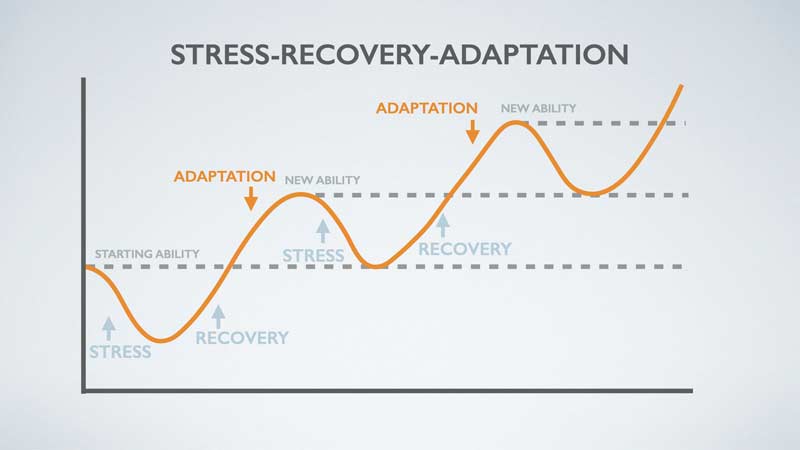
How to Take a Productive Rest Day
Just because you’re planning a rest day doesn’t mean you should lounge around the house all day. Activity recovery is one of the best ways to encourage repair and restoration. Light movement helps with sore muscles and increases blood flow, which delivers key nutrients for tissue repair. After a hard workout, muscles (and the nervous system) need 24-72 hours to fully recover. The types and intensity of the workouts you’re doing and how long you’ve consistently been working out will determine how much rest you need between workouts. Hypertrophy training (muscle building) requires longer recovery periods (48-72 hours) between workouts compared to a moderate cardio-based workout, which would be more along the lines of 24-48 hours.
Intensity and duration play key roles in the need for rest days. The harder and longer the workout, the more time it takes to recover. Lower intensity workouts like walking, biking, or the elliptical could be done every day if done at a pace that you could sustain for 45 minutes or more. HIIT workouts that push heart rates into very high counts and usually include a lot of pounding on the joints should take at least a day between workouts.
In general, workouts that are 60+ minutes, include full body movements and are between an 8-10 on the intensity scale should take 48-72 hours between workouts. Workouts under 60 minutes and lower than 7 out of 10 intensity level can take fewer rest days (24-48 hours)
One way to still get your gym fix is to mix up the types of workouts you do and the muscle groups that you work on. Strength training the upper body and lower body on a split routine builds in rest time between workouts and allows those muscles to recover while you work on the other half of the body.
If you’re into HIIT style workouts, alternating high intensity and low intensity days also build in recovery time so you don’t miss out on a gym day.

Other Factors that Affect Recovery and Improved Performance
There are hundreds of websites and blogs full of the latest recovery tools selling for hundreds of dollars, promising faster, better, more efficient recovery. However, the three best things you can do after a workout are sleep well, eat well, and move throughout the day. And quality matters.
Sleep is the number one thing you can do to improve performance in addition to taking rest days. Before and after workouts, getting 7-9 hours of sleep per night helps performance in the gym and may play a much larger role in injury prevention than previously thought.
What you eat is important not only on the days you work out, but also on the days you rest. Eating plenty of protein and staying hydrated help aid in repairing and building muscles. The body uses up its energy stores throughout the day, especially during workouts, so making sure you refuel with quality foods and liquids can lead to more gains when paired with rest days.
Moving throughout the day to complete the activities of daily life can help reduce soreness and fatigue. Standing up and walking around for a minute or two every hour can help stiff muscles loosen up. Plus, walking is one of the best ways to decrease the sensation of low back pain. Motion is lotion, and the more non-exercise motion you can build into your day, the better you will feel overall and the more metabolically active your body will be, especially if fat loss is your goal.
As the saying goes, “sometimes making progress means taking a rest day”. The harder we push ourselves in the gym, the more we need rest and recovery to continue performing, lifting, running, and living at a high level. Just like your car needs a little TLC after a few hundred miles, refueling your body is absolutely necessary if you want to maintain or improve your fitness.

RECOMMENDED
SUBSCRIBE TO OUR BLOG
Enter your email to start receiving our blog emails!
